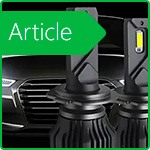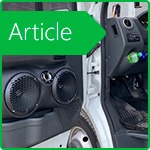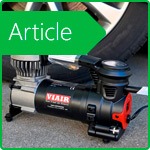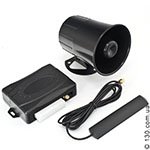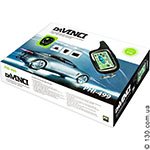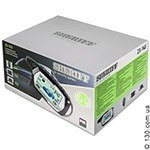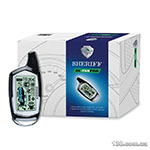Principle of operation and types of engine blocking relay
Reliably blocking the car engine will help protect the vehicle from unauthorized attempts to start it. For this, a special device is used-an engine blocking relay. It prevents the launch without the permission of the car owner. This is a fairly common type of protection that is used as an addition to an alarm or immobilizer. To make the right choice and buy a blocking relay that will accurately cope with your task, you need to know about the types and principles of operation of these devices. This is what we will consider in this article.
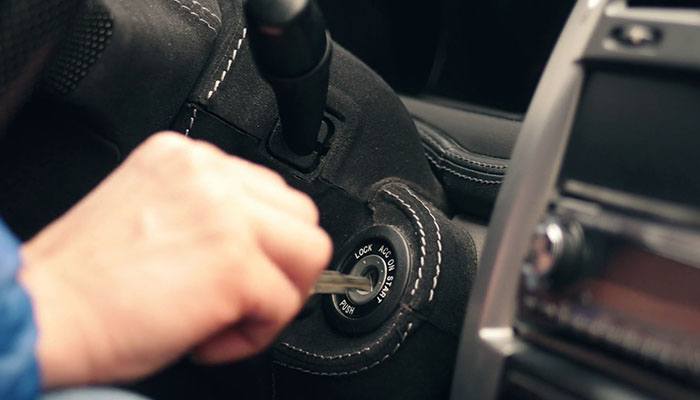
What are the functions of the car engine lock relay
In this case, the engine is blocked using an encrypted signal from the immobilizer or alarm control unit. The encoded signal is transmitted through the standard wiring of the machine, through a separate dedicated channel or using a radio transmitter.
The most common are digital devices that transmit data through standard wiring. The analog channel guarantees a high speed signal transmission to the device that blocks the engine starting. By sending a signal, the alarm control unit checks the compliance of the code, after which the car owner receives an alert on his mobile phone or alarm control unit.
The following can be used as blocking chains:
- Ignition coil or nozzle. In this case, while the offender does not have access to the engine compartment, the car will not start. Opening the hood, he can use the temporary connection option and unlock it.
- Fuel pump. This option is optimal for owners of cars in which the fuel pump is located in a remote place. If access to the pump connector is easy, it is not recommended to connect a relay in this place.
- Sensors that monitor the position of the crankshaft. This connection option blocks the flow of information to the controller about the start of crankshaft rotation. As a result, signals from the control unit do not come to ignition coils and nozzles. This scheme has a special deceptive effect, when the relay is activated, the control unit can no longer control the position of the crankshaft.
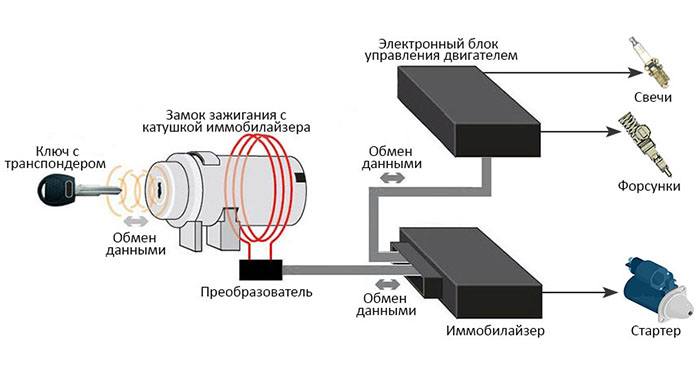
Using relays with wires in any case carries the risk of bypassing the system. If a potential hijacker finds a wire, then he can easily crack the protection. In addition, the laying of a large number of new wires necessary for connecting the relay to the control elements is another significant minus. That is why there appeared radio-controlled relays, they are more reliable and practical.
The main types of engine blocking relay
Structurally, such a lock is a small block made in a plastic case, inside of which there is a control board. There are different types of engine blocking relays.
Standard Edition
This is the easiest lock option, which is based on the use of analog devices. They also have several options.
The simplest scheme is when the blocking element is located in the microprocessor module of the car alarm. In this case, the relay is used to break the electrical circuit connected to the control module. This option is considered one of the easiest to install, and is characterized by high fault tolerance. However, if the offender gains access to the alarm control unit, he can easily unlock the system.
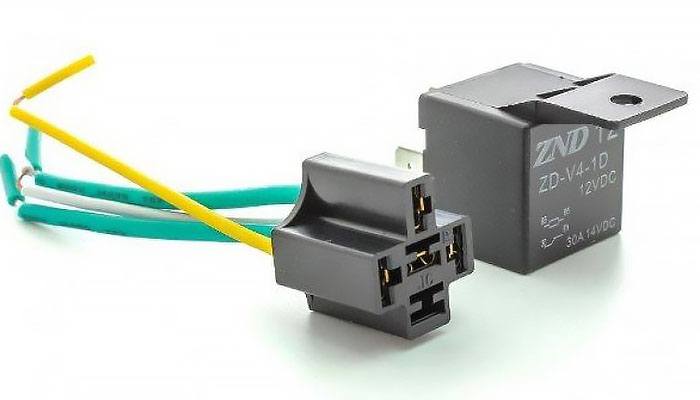
Among the analog blocker options, there are those that are not built into the signaling processor block. They are installed in the engine compartment of the vehicle. In this case, blocking is carried out by signaling using power lines. If the device contacts are open, the motor will automatically lock Xia. This warrant is also very resistant to failure, its effectiveness is higher than that of the first type. However, such a solution does not guarantee 100% protection against deactivation.
Obviously, analog motor blocking systems cannot guarantee that they will not be hacked. Yes, it may take some time, but an experienced hijacker can handle them. Therefore, they should be used only in conjunction with a car alarm, or choose more advanced and reliable blocking options.
Digital relays
Digital devices use more advanced blocking technology, they are also divided into several varieties:
- Blocker of simple design. This is, in fact, an improved version of the previous relay. Only in it is a special signal used for unlocking-a digital pulse, which also acts as a password. Such a relay is resistant to hacking and failure. But he also has a weak spot-a guide. It is easy to determine the location of the blocker. This problem can be solved by hiding the conductor under the hood, which will increase the time that the criminal will have to spend searching and unlocking the device.
- Devices without an additional electric wire, which excludes direct communication with a microprocessor device. Here, packet digital data is used to transmit a signal from a relay directly to an alarm microprocessor or immobilizer. The advantage of this type of relay is that it is impossible to track the location of the device through wiring. It is not possible to quickly unlock such a system. Experts recommend combining such relays with alarms equipped with an anti-jamming system. Otherwise, attackers can, using special technical devices, create interference that interfere with the operation of electrical circuits, which leads to the inability to block the engine.
- Relay that uses a radio channel to transmit pulses. This option is also highly reliable, as it is very difficult to detect. However, there is also a risk due to possible devices that create interference that interfere with the normal operation of the device, preventing the pulse from passing through the obstacle. Therefore, this moment when choosing this type of relay must be taken into account.
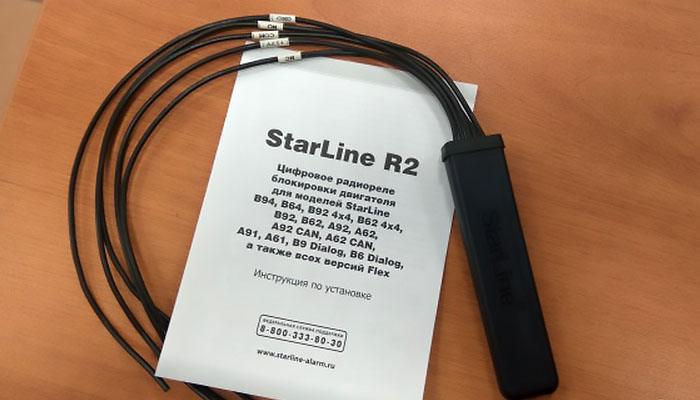
CAN bus interlocks
There is also a completely new type of car engine start blockers, which are connected to the vehicle’s on-board network using a CAN bus. In devices of a similar design there are no breakable circuits, it will be impossible for an outsider to connect to the conductors from the relay to the control unit.
The essence of such protection is that when an alarm is received from an alarm, the relay will send a command to turn off the engine through the bus. Commands will be repeated until the motor stalls. When installing such blockers, a criminal will be able to start the engine only if he turns off the central control unit, therefore, with reliable hidden installation of the central unit, a high level of protection against unlocking and breaking can be provided. No one will want to disassemble half the cabin to find a small box of the control unit.
Using this type of blocker is more efficient than a conventional relay. In addition, their operation is as convenient as possible, since you can turn on the device only when necessary, control is usually carried out remotely. However, the cost of such systems is higher.
In conclusion, it is worth saying that the solution to the issue of protecting the machine from theft must be approached comprehensively. It is important to choose a reliable alarm system, it will be the basis of the security system, the engine blocking relay will be only a useful addition that can increase the level of protection. There are many options for protecting the engine from unauthorized starting and you need to choose taking into account the characteristics of the car and the wishes of the car owner. It is best to consult with a professional who will then install the system.
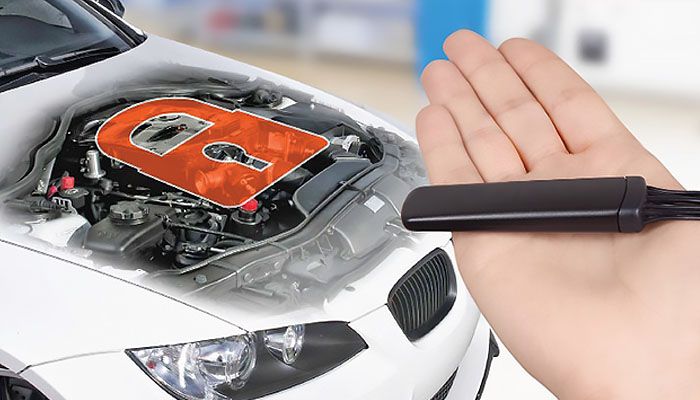
If you want to increase car protection, then in the online store 130.com.ua you can always buy an immobilizer with an engine lock relay in Kiev, Odessa and Kharkov.
Related Content
Car alarms: Best Sellers

Stay tuned for updates!
Subscribe to our Telegram channel and be the first to receive useful materials.
Subscribe









